Fur, Feathers, Flowers and More #14
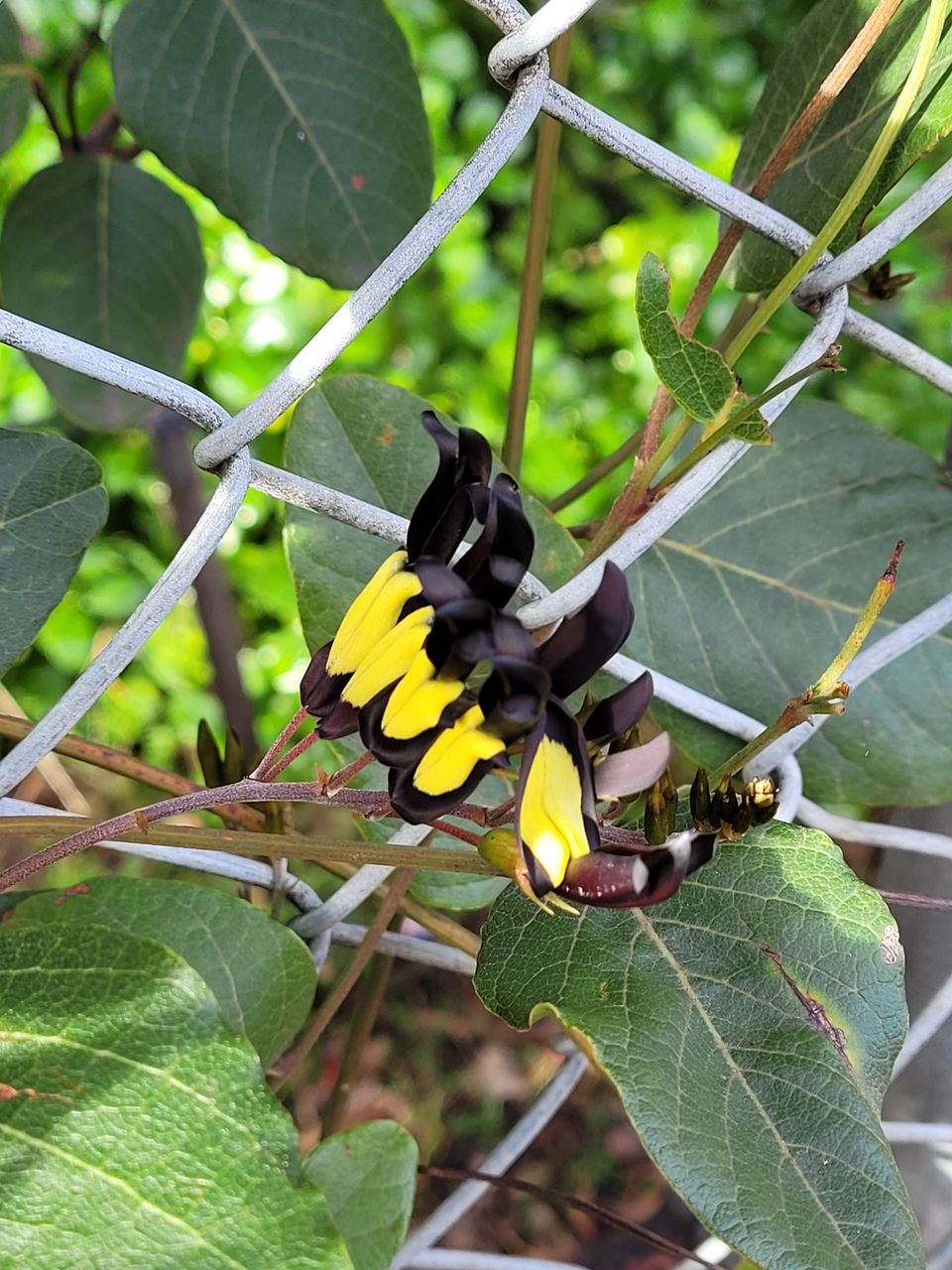
Some sunny days at last. Things have started moving along in the plant nursery after a hibernation.
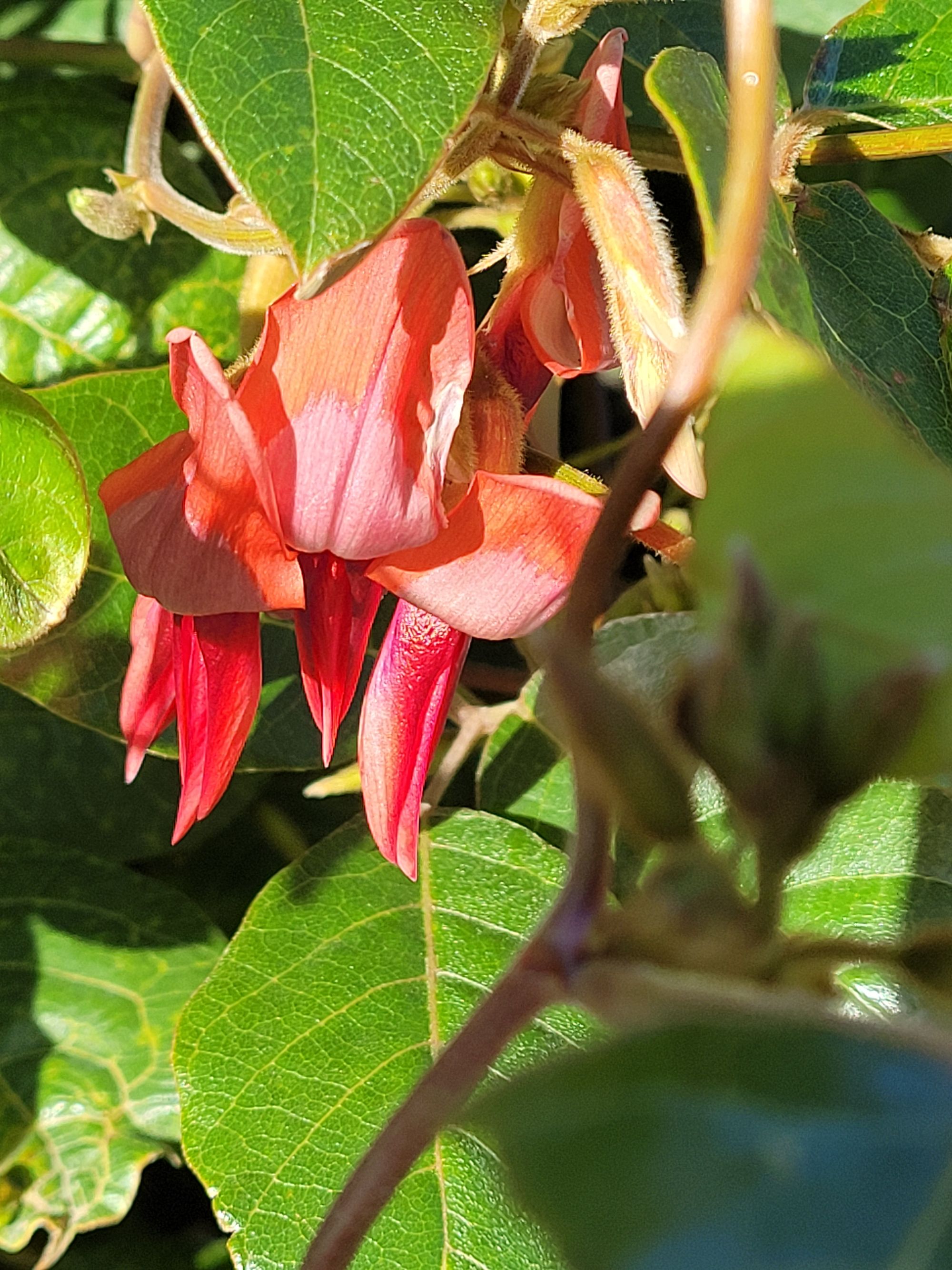
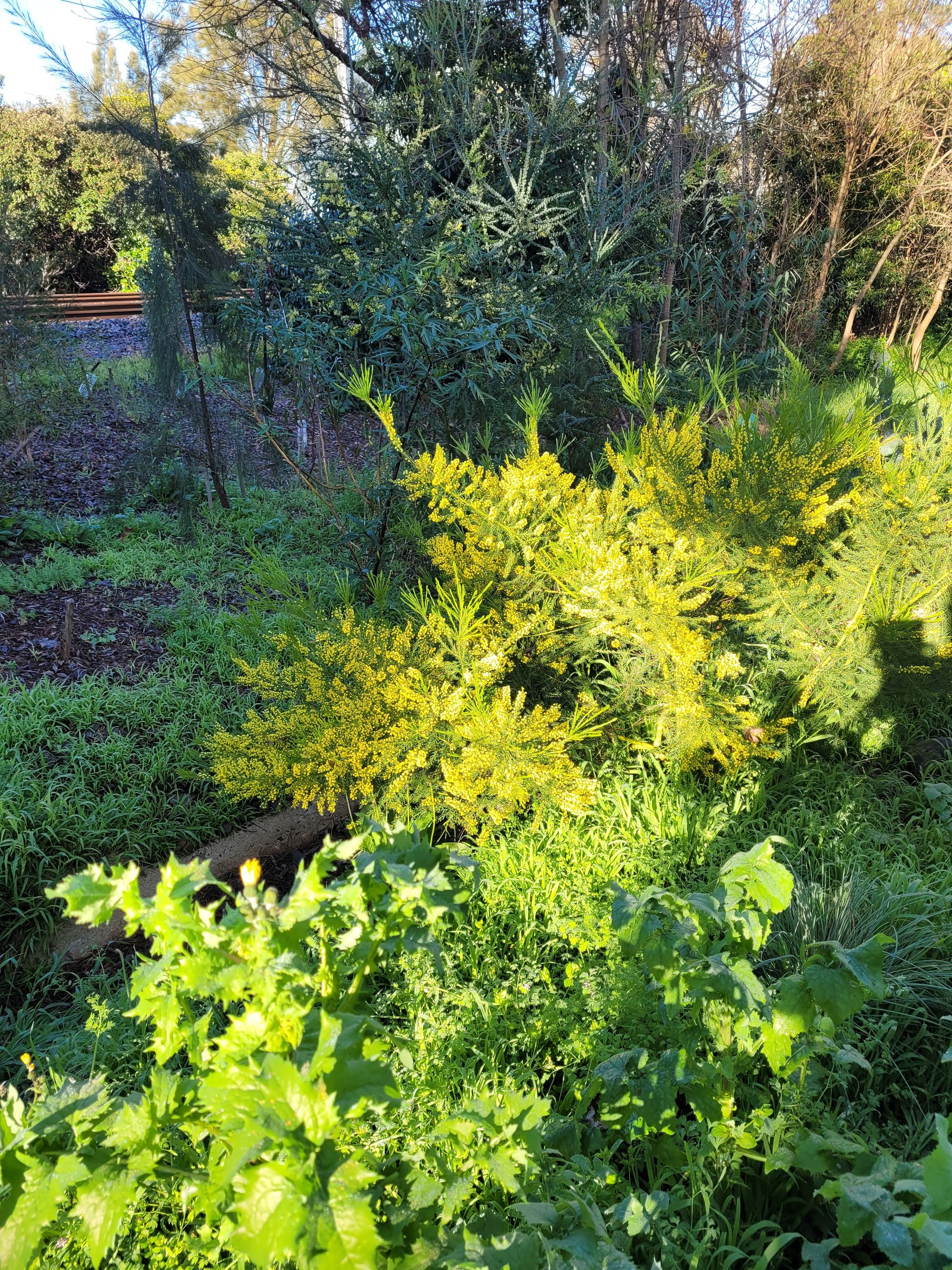
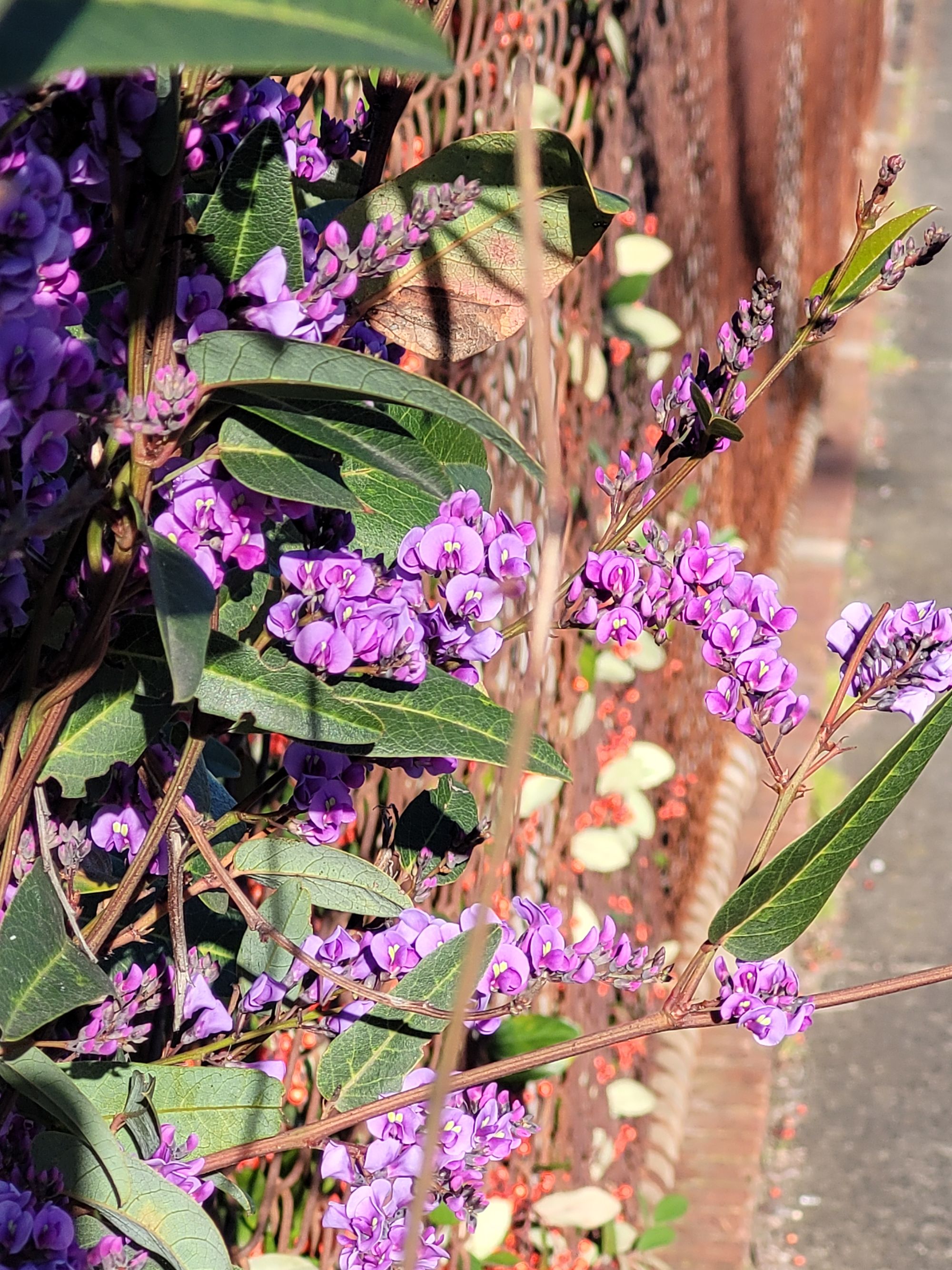
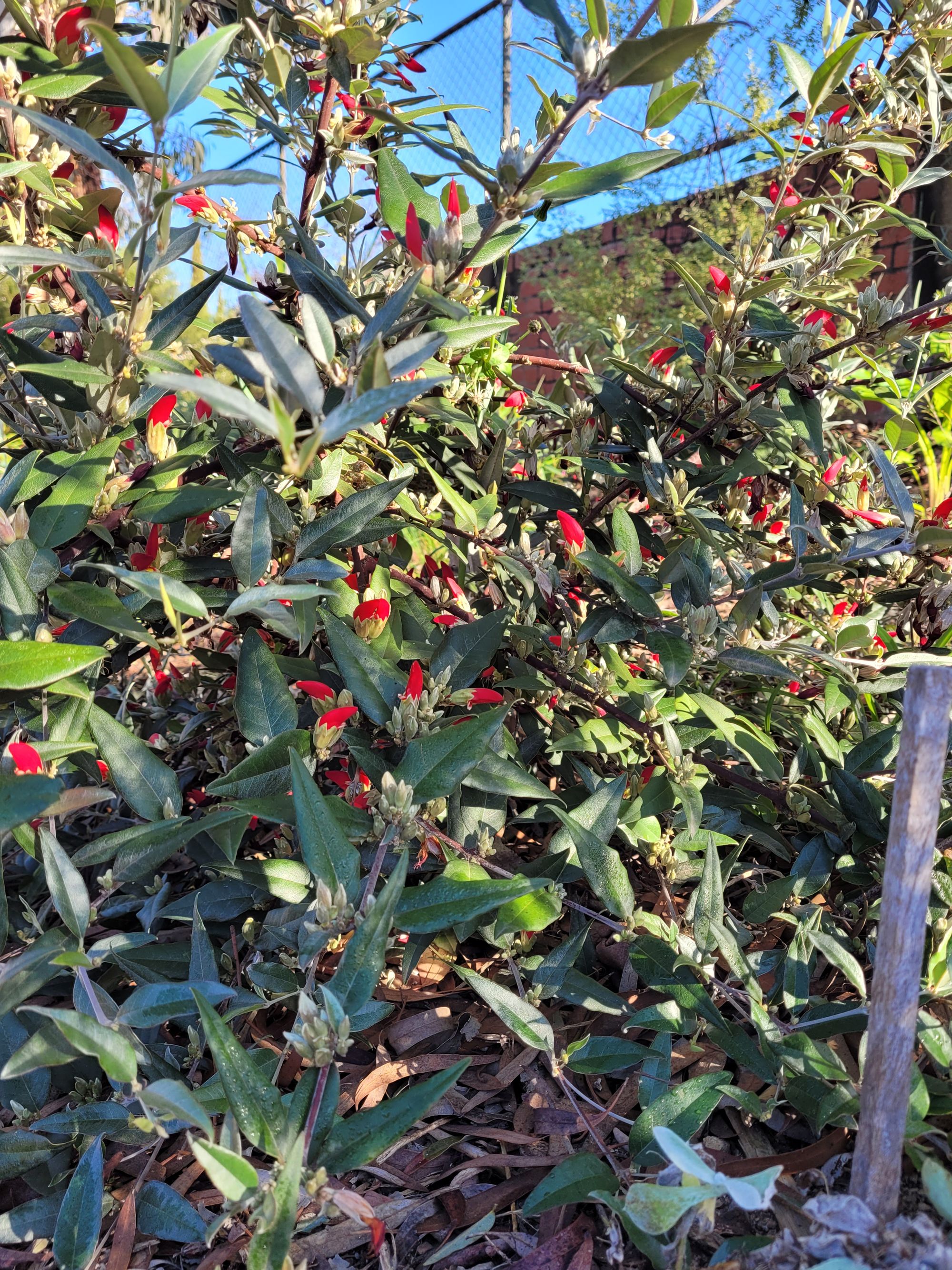
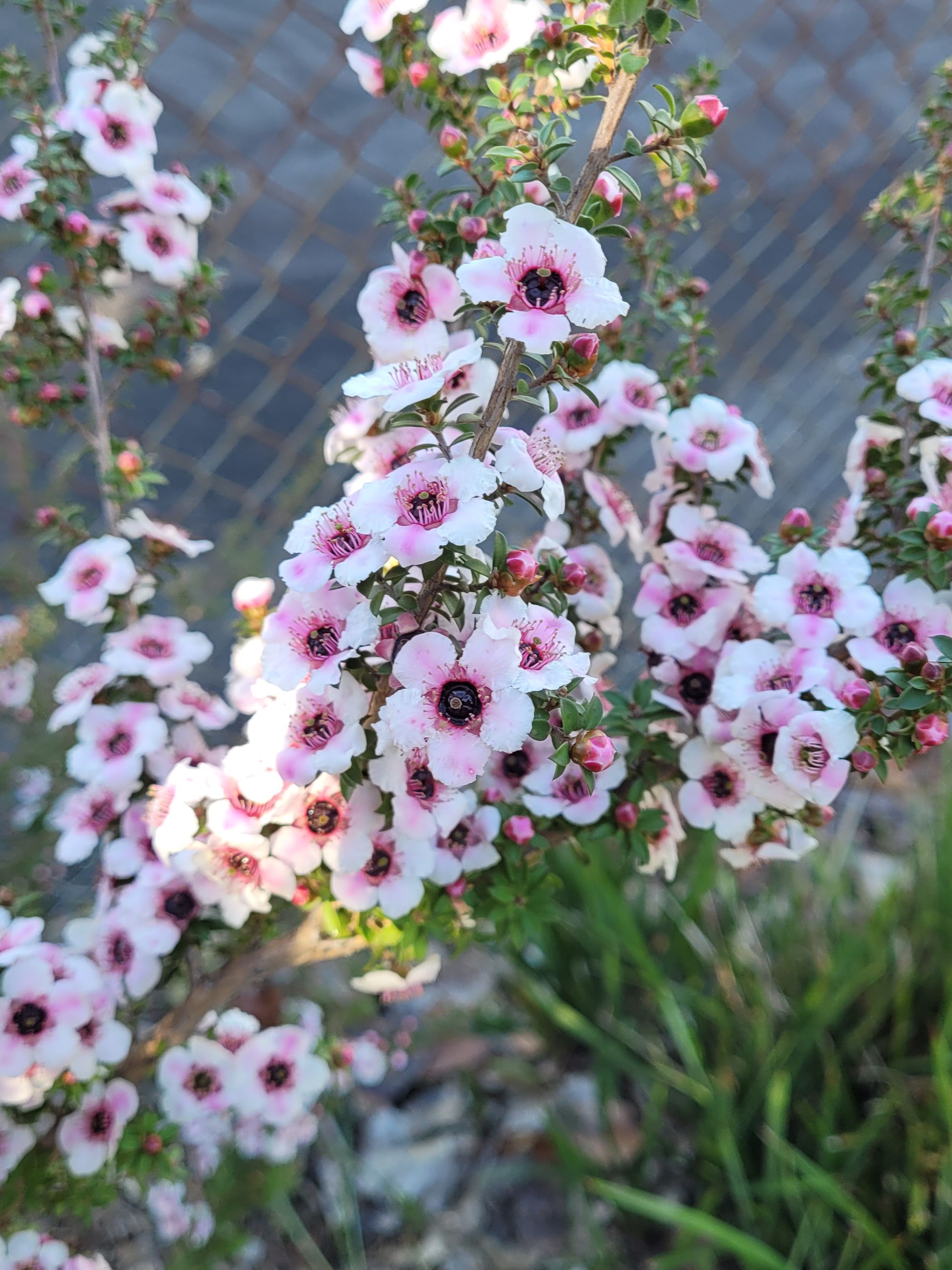
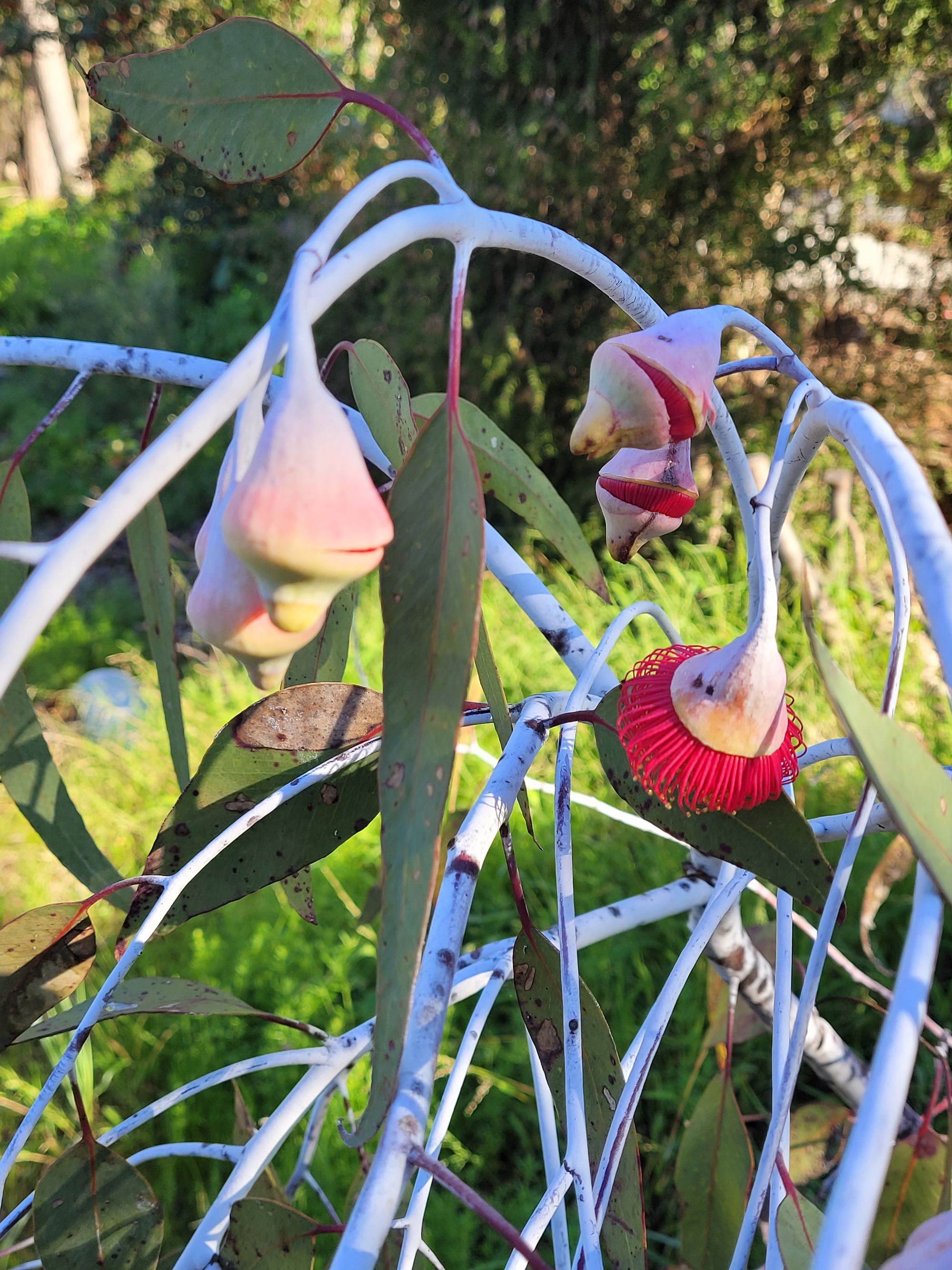
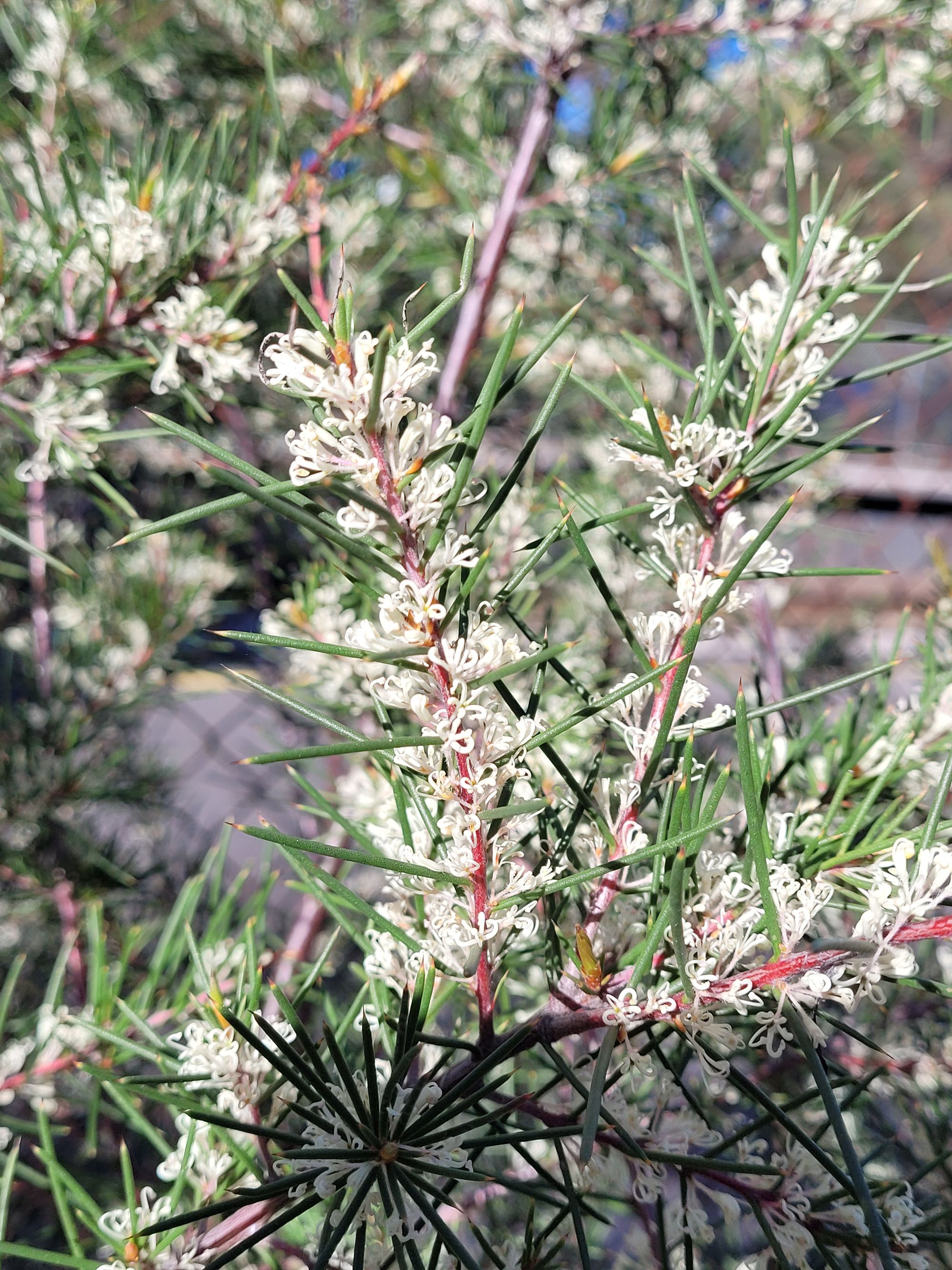
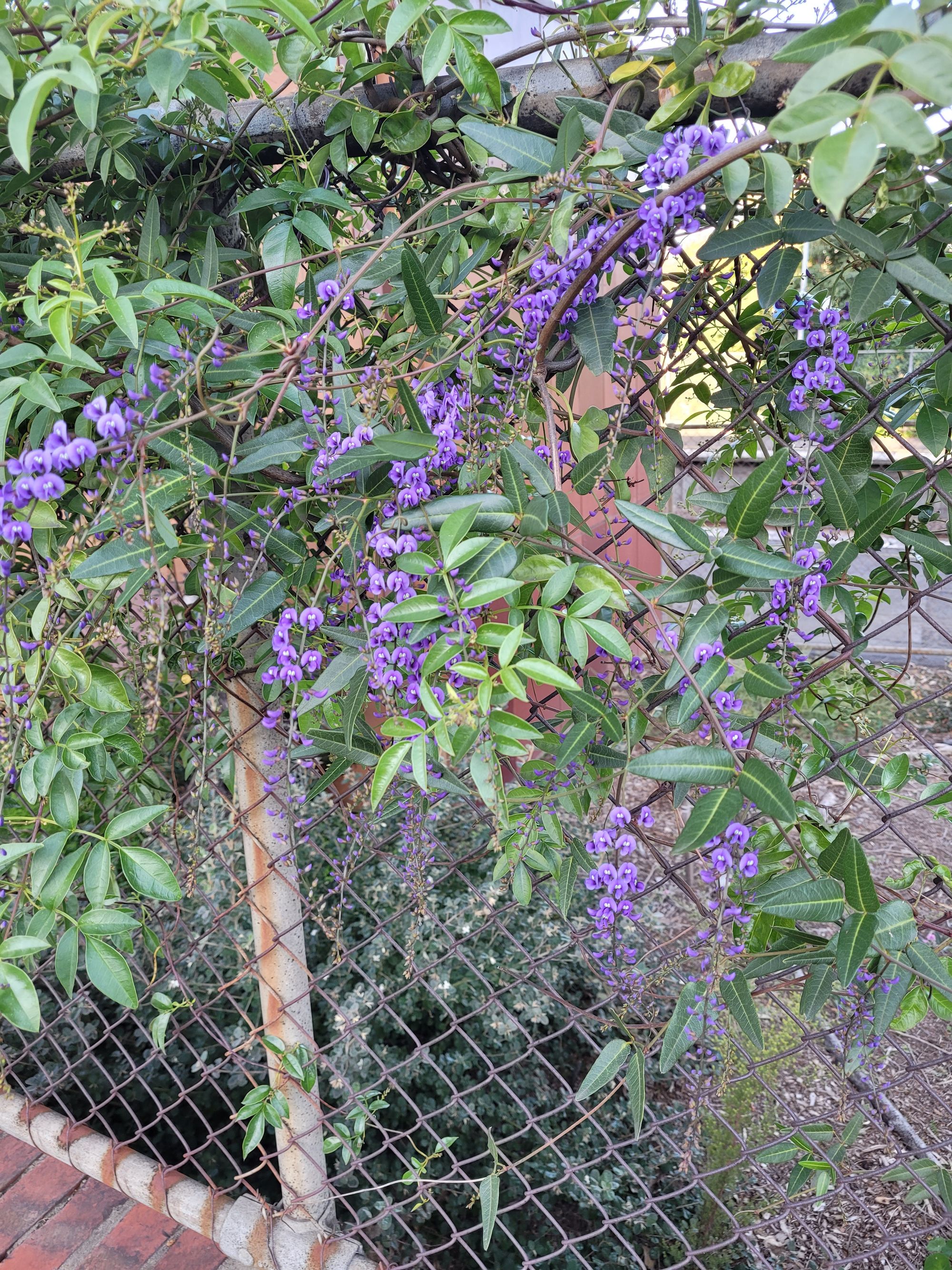
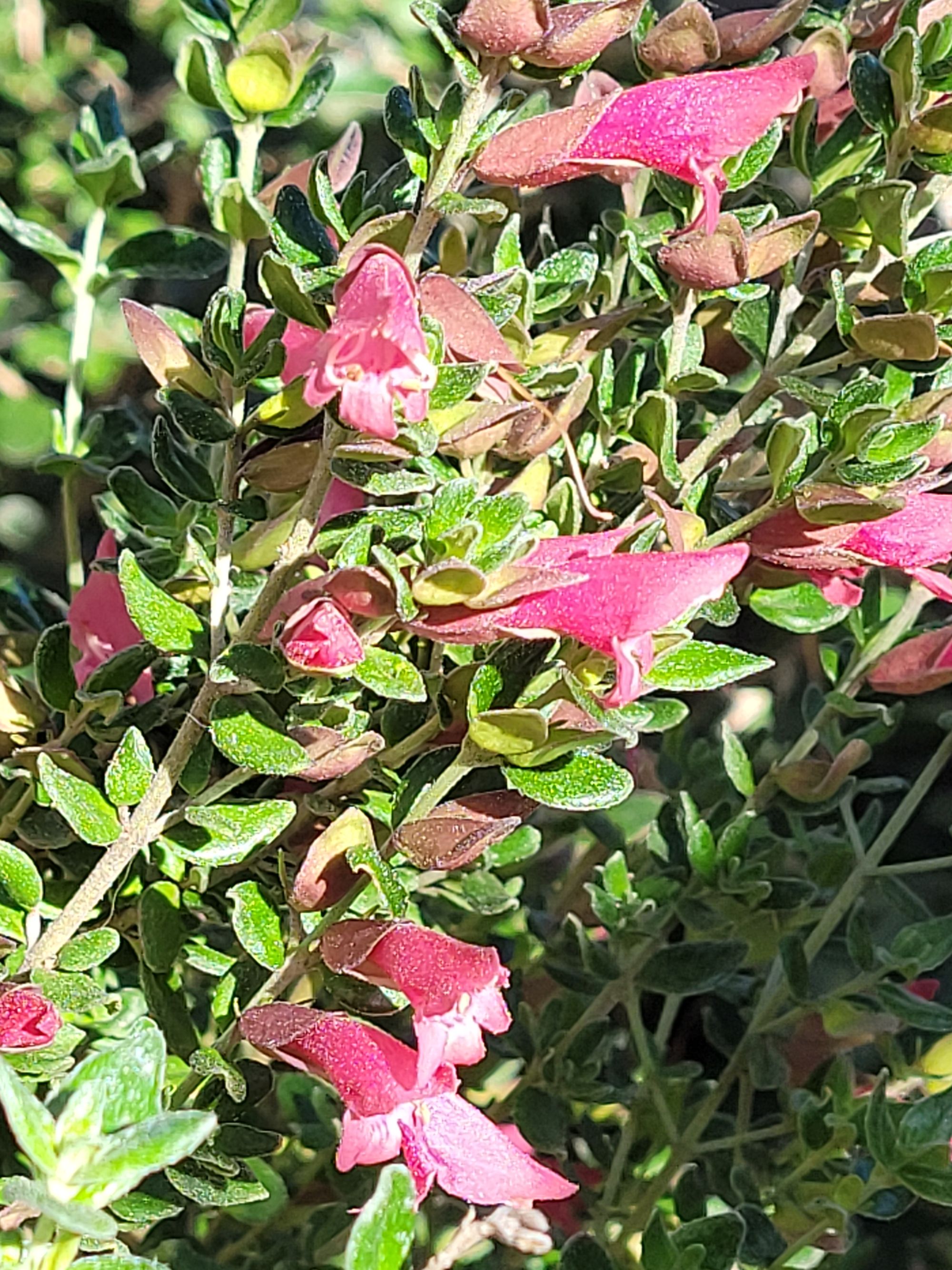
Your splendid neighbourhood awaits you.
Park? Parking lot? Pocket Park?
What are we to make of "modern" park design?
When is a park a playing field, or a playground, or a woodland, or a forest?
And don't get me started on that nonsense labelled as a park up on Waterdale Road.
If it is a "national" park it is more likely to be heavily timbered and protected.
"State" parks are typically smaller, less densely tree-ed and the sawmillers have a key to get in.
Suburban parks see the ratio of trees to grassed areas tipped on its head. This is the realm of people, of strolling about, of picnic blankets, of family outings.
Specimen trees framed in acres of grass.
Designed for people, hijacked too often for field sports, where trees can get in the way of attacking forward moves, fine golf shots or a brilliant cover drive.
Grass begets groundsmen begets mowers begets rollers begets irrigation begets equipment sheds begets roads.
Shade is the enemy of manicured grass a.k.a. turf. Trees shade grass. Naughty trees, off with your head. And limbs and trunk.
These open vista grassed parklands serve people well but not "the environment" so well.
Birds and animals are not so enamoured of mono-culture avenues along paths, mixed species feature trees standing in spendid isolation or the spacing of landscaped parks.
Human intervention is required constantly - to propagate, to plant, to mow, to water, to fertilise, to remove fallen branches.
All expensive.
Good for the economy, good for the employment statistics.
Not so good for the birds, the bees, the butterflies, the sugar gliders, the geckoes and their various feathered or scaly kith and kin.
There is a self-regenerating, eco-friendly, space conserving alternative.
Birds behaving cleverly
Scientists report novel animal behaviours regularly, and set out to interpret these behaviours.
Are they innate, are they learned?
What is to made of European magpies that steal anti-bird spikes from buildings to use to protect their nests?
Bird of the Week
Golden Whistler
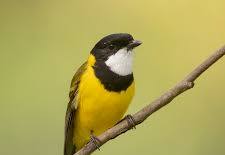
The Australian golden whistler can be found in almost any wooded habitat, especially dense forests. It eats berries, insects, spiders, and other small arthropods. They usually feed alone and obtain food from the lower to middle tree level, or they may alternatively take part in mixed-species feeding flocks.
Beast of the Week
Peron's Tree Frog
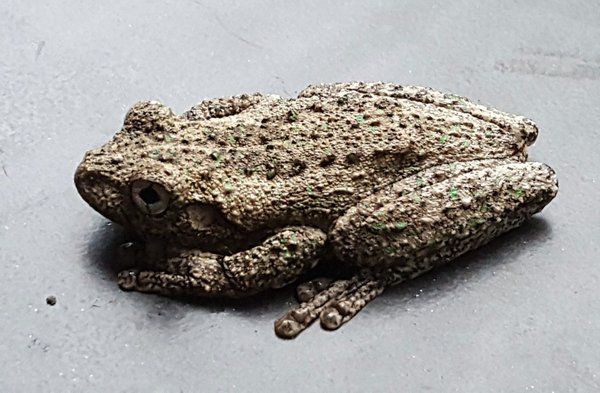
The Peron’s Tree Frog (Litoria peronii) has a loud repetitive call, sounding like a jackhammer crossed with a machine gun. They usually start when the sun goes down and don’t stop until the sun comes up. Spring is breeding time for this common backyard tree frog. Despite their noisy night-time calls; these frogs are very handy visitors to your garden.
Also called Emerald Spotted Tree Frog because of its green speckled back, this frog has an impressive trick up its sleeve. The Peron’s Tree Frog is a relatively large tree frog, growing up to 7cm in length and can change the colour of its entire body in a matter of seconds. Depending on temperature, time of day and humidity they can appear brown, green or white. During the day they will usually take on a white colour and at night they tend to look brown with mottled yellow thighs.
Plant of the Week
Chocolate lily

Chocolate Lily is found in the wild in sandy soil areas with low rainfall, but for best results at home, use a rich and loamy soil, and water well when the plant reshoots. Grow in full sun or part shade in a garden bed or pot at least 20cm deep, allowing room for the tubers to develop.
As an ornamental, this attractive plant is suitable for mass plantings, as well as adding beautiful pops of colour to rockeries and paved spaces.
Member discussion